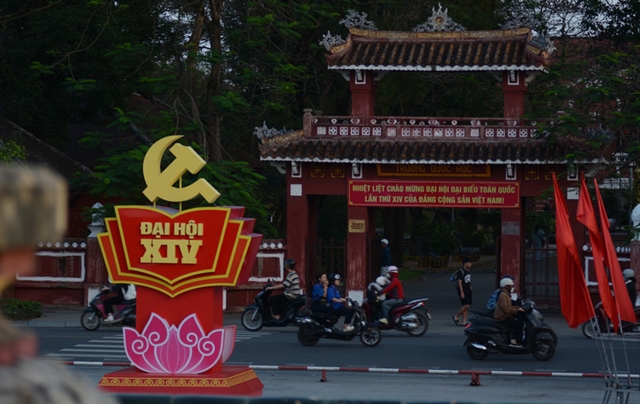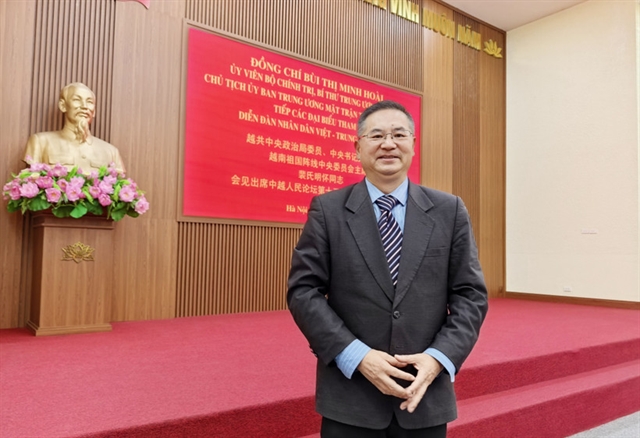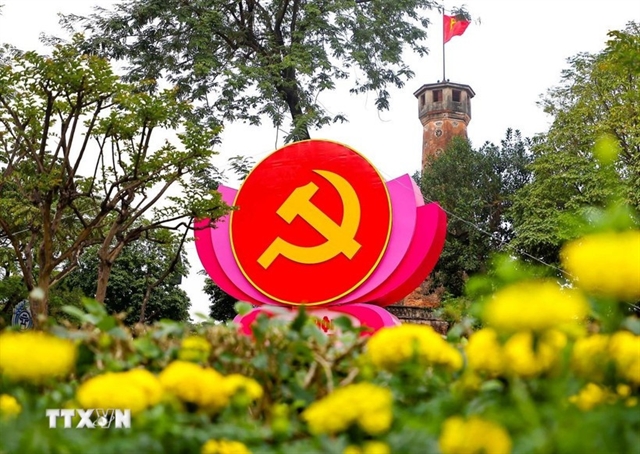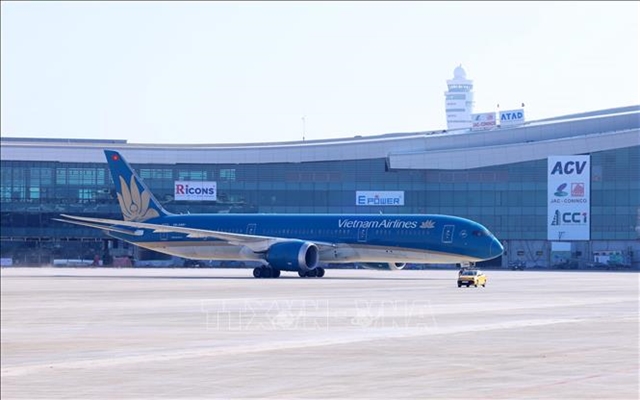 Economy
Economy
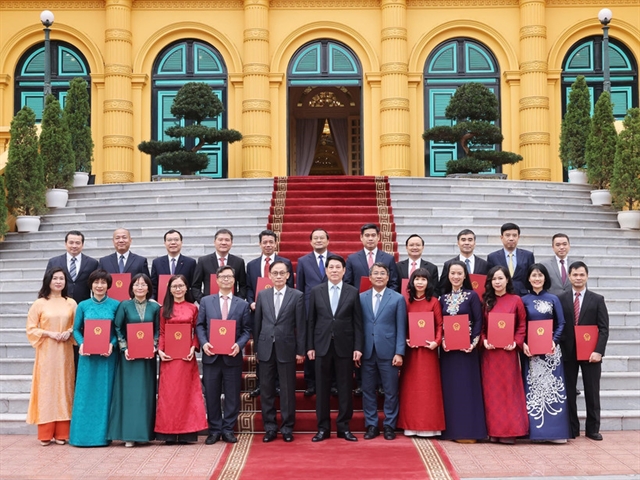
 |
| Dương Quốc Nghĩa, chairman of the Việt Nam Pangasius Association |
The tra fish (pangasius) industry has brought in US$2.4 billion in export turnover in 2022 and the number this year can exceed $3 billion if Việt Nam pushes for deep processing. Dương Quốc Nghĩa, chairman of the Việt Nam Pangasius Association, talks to Việt Nam News reporter Tố Như about this issue.
Why did the price of raw tra fish increase over the past weeks?
Currently, the cost of raising tra fish is around VNĐ29,000-VNĐ30,000 (US$1.23-$1.27) per kilo and the price of raw fish has risen sharply from VNĐ28,000 per kilo to VNĐ31,000-VNĐ32,000 per kilo in farming areas in the Mekong Delta such as An Giang, Đồng Tháp and Cần Thơ. Consequently, the current market price has created a profit for tra fish farmers.
The surge in tra fish prices can be attributed to China's recent relaxation of COVID-19 restrictions. As a result, trade between the Vietnamese and Chinese markets has become increasingly favourable, with China purchasing large quantities of the fish.
In addition, fish farming costs have been on the rise due to an increase in the price of fish food, which has led to a selling price below the break-even point for many farmers. Consequently, several fish farmers have reduced their operations to cope with the costs, exacerbating the supply shortage and contributing to the surge in pangasius prices.
Despite the growing market demand for tra fish, the production has been limited due to the shortage of fingerlings, as it is currently an unseasonal time for their cultivation.
Prices are heavily influenced by market forces, with the current price of over VNĐ30,000 per kilo considered inadequate for farmers to sustain profitability. To achieve and maintain profitability, the price of raw tra fish must remain at or above this level, or the cost of feed must be reduced.
However, meeting the growing market demand for this fish is not a major concern as the farming and harvesting process is relatively fast, taking only 6-8 months to complete.
While the tra fish price is rising sharply, seafood exports including tra fish plunged in January, why is this?
In January, seafood exports were estimated at $600 million, representing a year-on-year drop of 31 per cent, of which tra fish exports decreased by 50 per cent. This was mainly due to the considerably high inventory in cold storage by imported enterprises.
Furthermore, as the market reopened in 2022, there was a surge in demand, causing the price of pangasius to skyrocket to unprecedented levels. As a result, all factory businesses are running at full capacity.
As we exported too much in 2022, import markets like the US and EU will reduce imports in 2023. This presents an opportunity for seafood exporters, including tra fish farmers, to recover. However, the decrease in exports is temporary and when major import markets such as the US, EU, mainland China and Hong Kong start demanding again, supply may not be enough.
Notably, there are positive signals for the Chinese market as 23 Vietnamese seafood enterprises were recently approved by the General Administration of Customs of China (GACC) to export to the market. The China Import Food Enterprise Registration (CIFER) system has over 800 Vietnamese enterprises that are eligible to export to China.
However, it is expected that tra fish exports to mainland China will not prosper until the end of the second quarter of 2023, as import markets must consume their existing stockpiles. In 2022, Hong Kong was the largest importer of Vietnamese tra fish with around $600 million in export turnover, accounting for over 30 per cent of the country's export turnover.
How likely do you think it is for the pangasius industry to surpass its record export value of $2.4-$2.5 billion from last year?
Exporters are now optimistic, with their sights set on the mainland Chinese and Hong Kong markets. Nevertheless, these markets are known for their erratic fluctuations, so exporters are diversifying their markets and monitoring the US, EU, Middle East, Southeast Asia and other markets closely to avoid overreliance on any one market.
Positive signals for the industry include recent imports of Vietnamese tra fish by Cambodia, Thailand and India, despite the fact that these countries also produce pangasius.
In 2022, the tra fish industry played a crucial role in Việt Nam's record-breaking seafood export value of $11 billion.
Looking ahead to 2023, the industry aims to improve quality and increase exports to $2.4-$2.6 billion. However, I believe that with the right market conditions and support for businesses to add value, the industry could achieve even more.
The majority of exported pangasius products are in preliminary processing form, with a modest proportion of deeply processed products that offer added value. Specifically, frozen pangasius fillets made up 86 per cent of export products in 2022, while fresh/frozen/dried pangasius whole or cut into pieces accounted for 12 per cent, and value-added processed pangasius only accounted for 2 per cent.
To ensure the sustainable growth of the pangasius industry, a number of solutions must be implemented in a synchronised manner. These include creating links and value chains between farmers and businesses, planning production areas and processing facilities, diversifying products to add value, effectively utilising by-products, developing e-commerce, building brands and expanding consumer markets for both domestic and export consumption.
By promoting the production of value-added products using by-products, the pangasius industry can achieve an export turnover of up to $3 billion. To achieve this goal, it is crucial for the Government to implement policies that incentivise enterprises to invest in technology development, particularly in deep processing and improve product quality. — VNS

